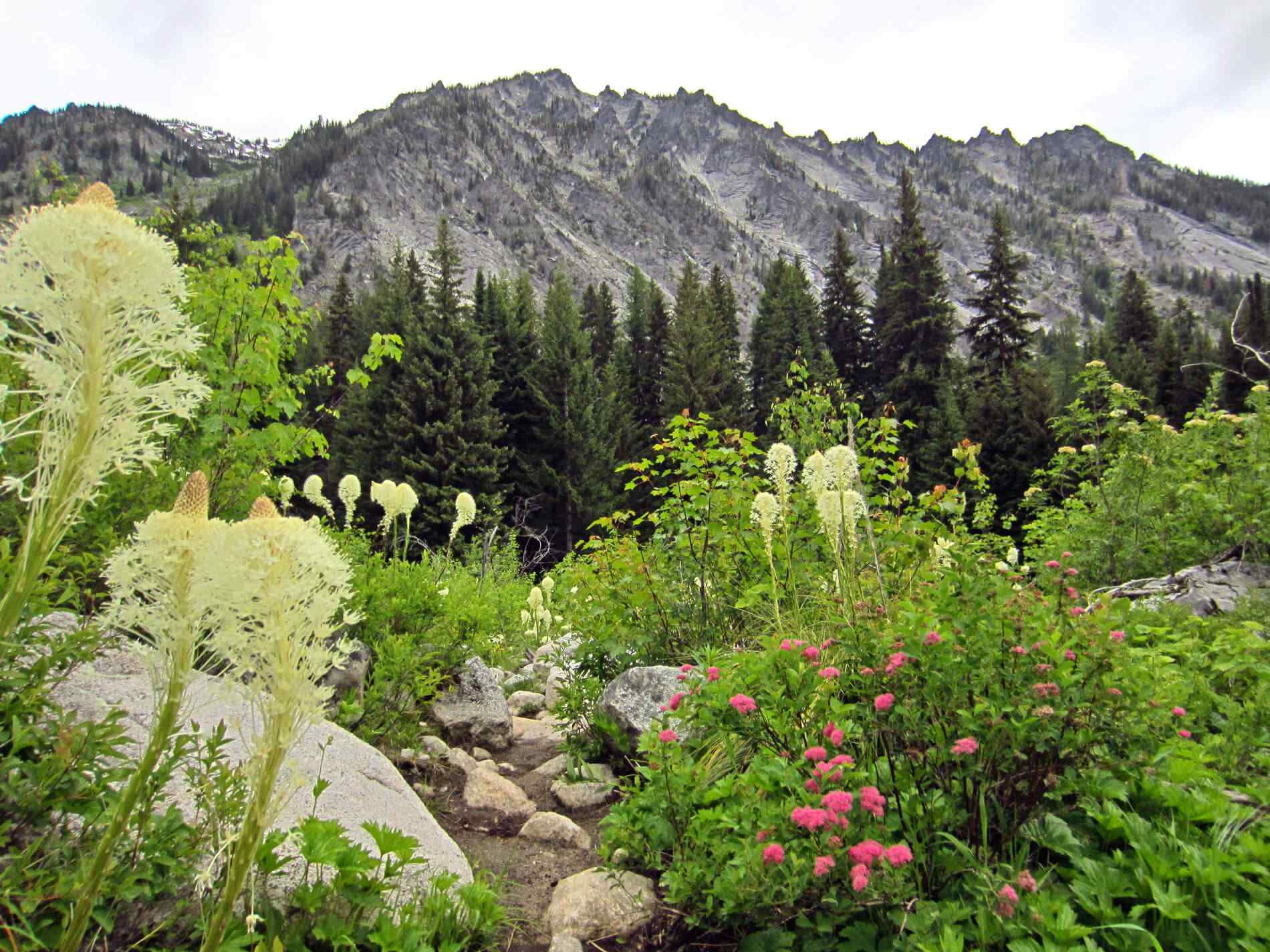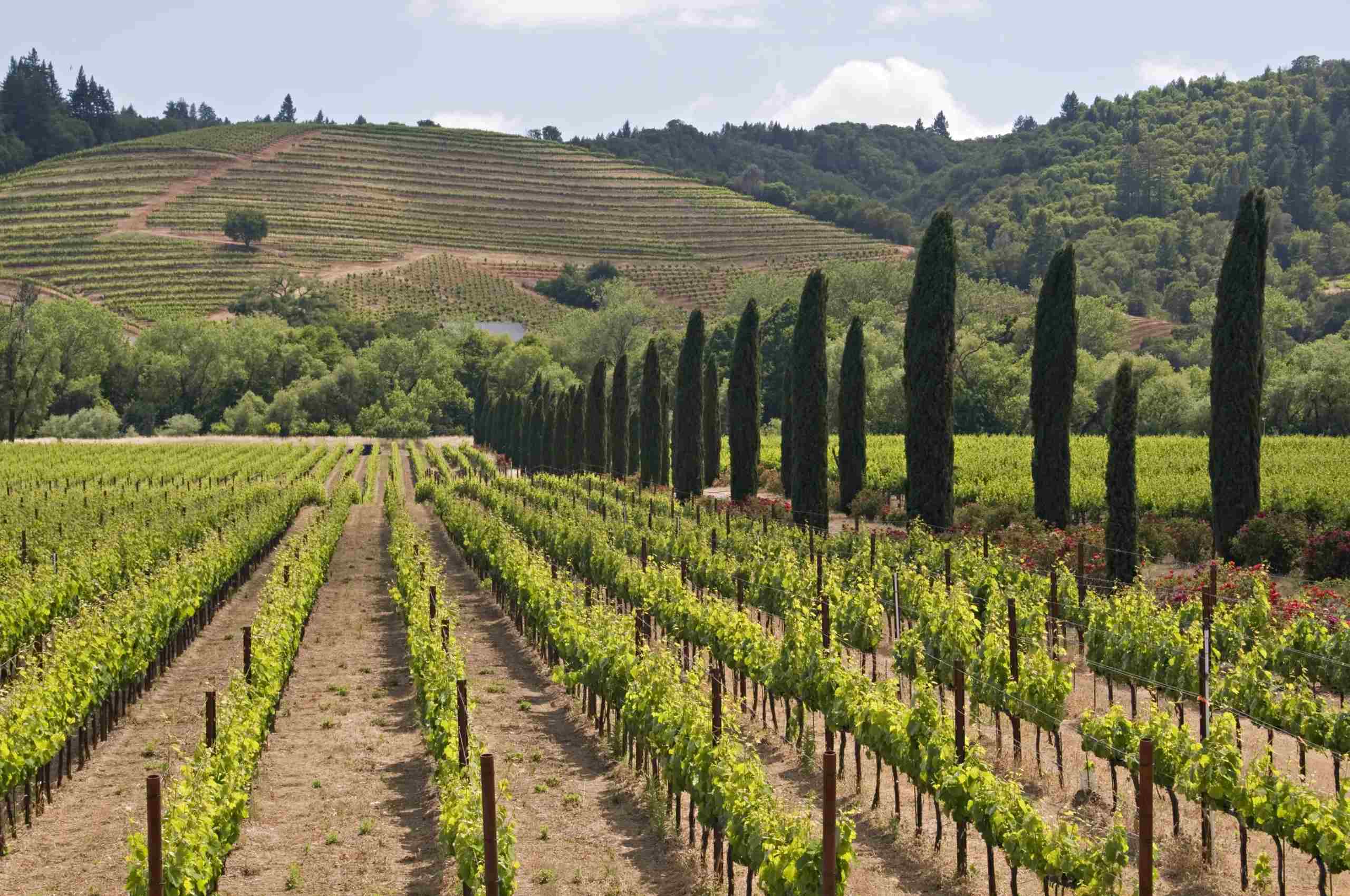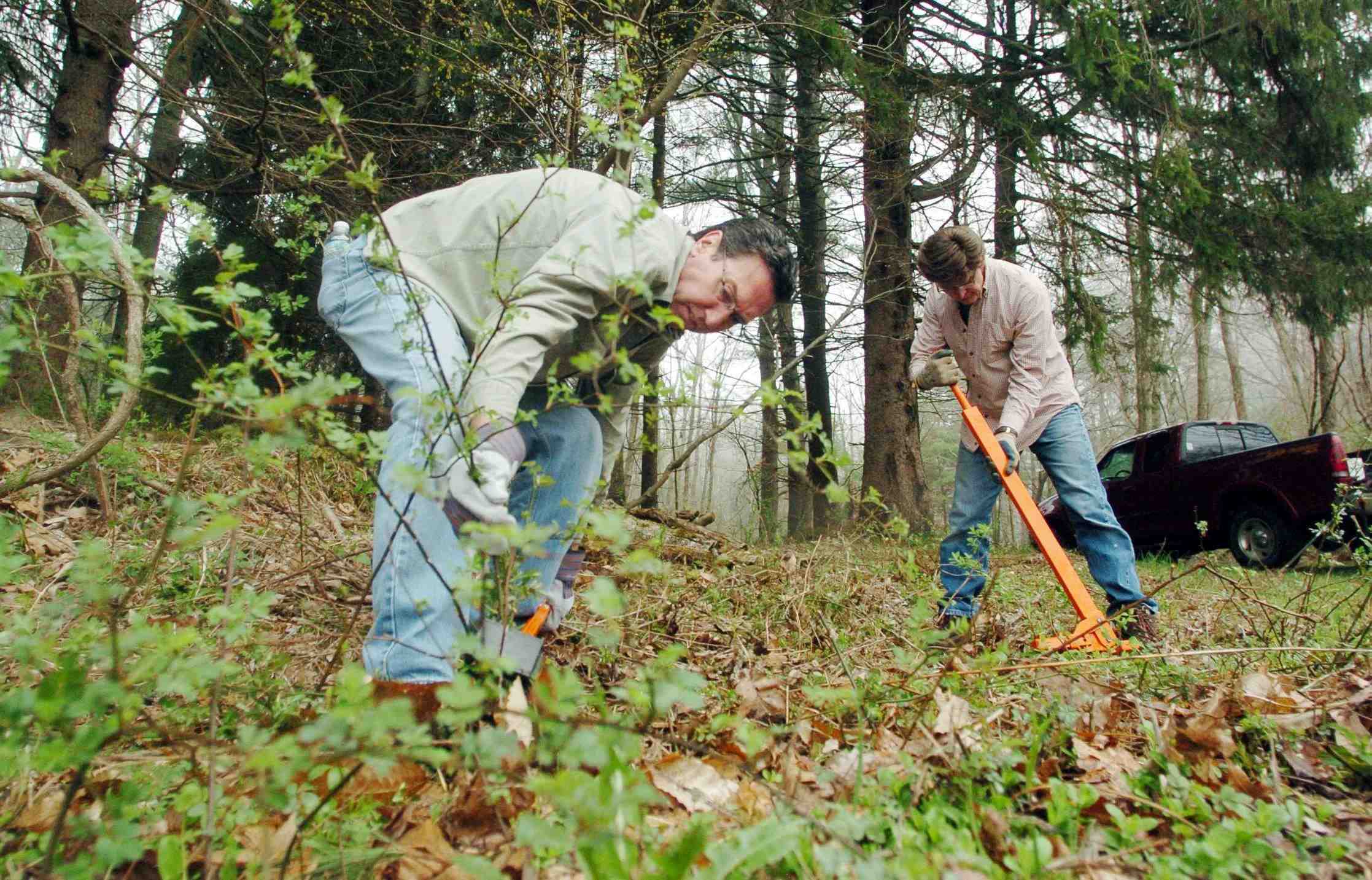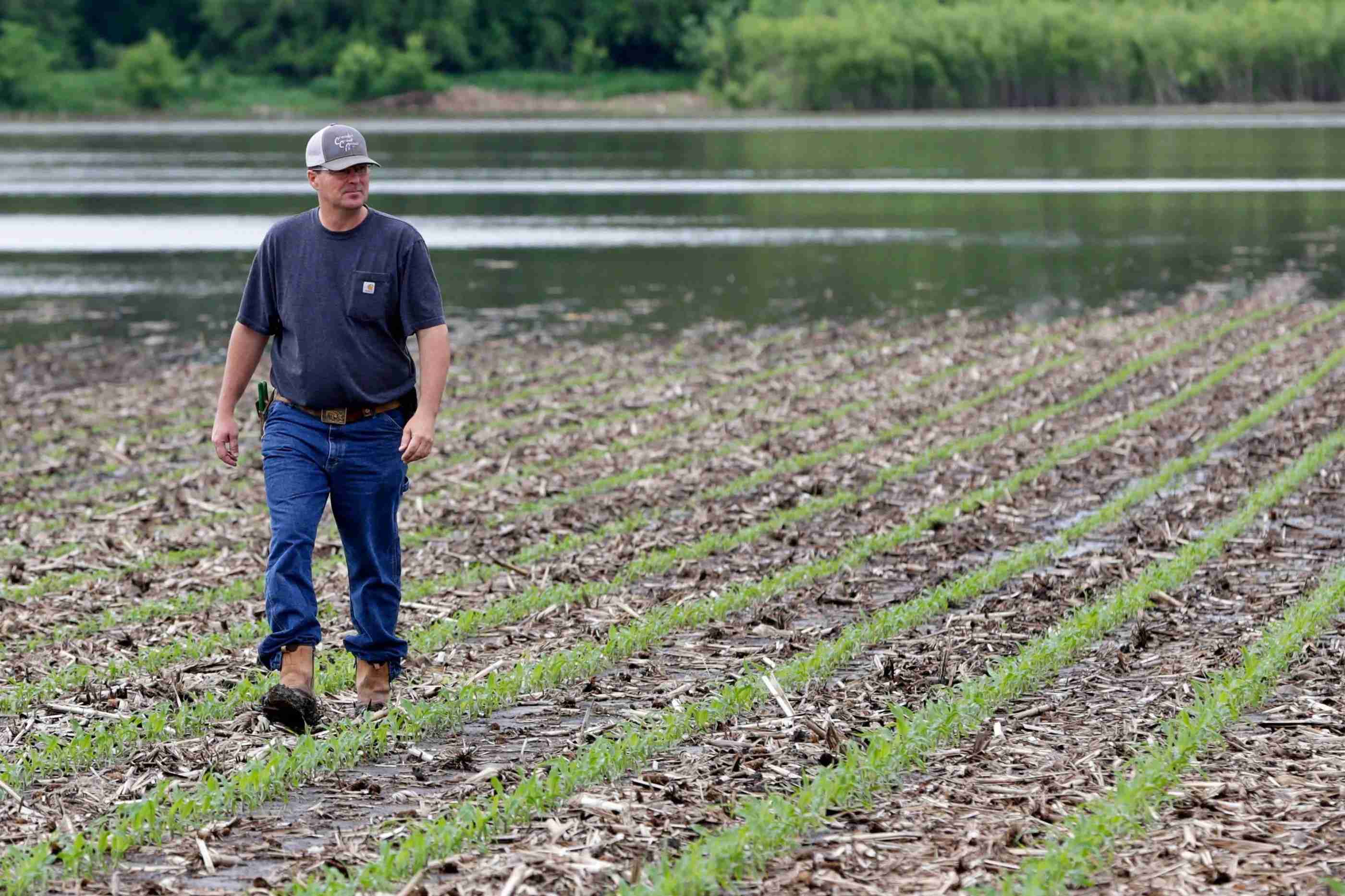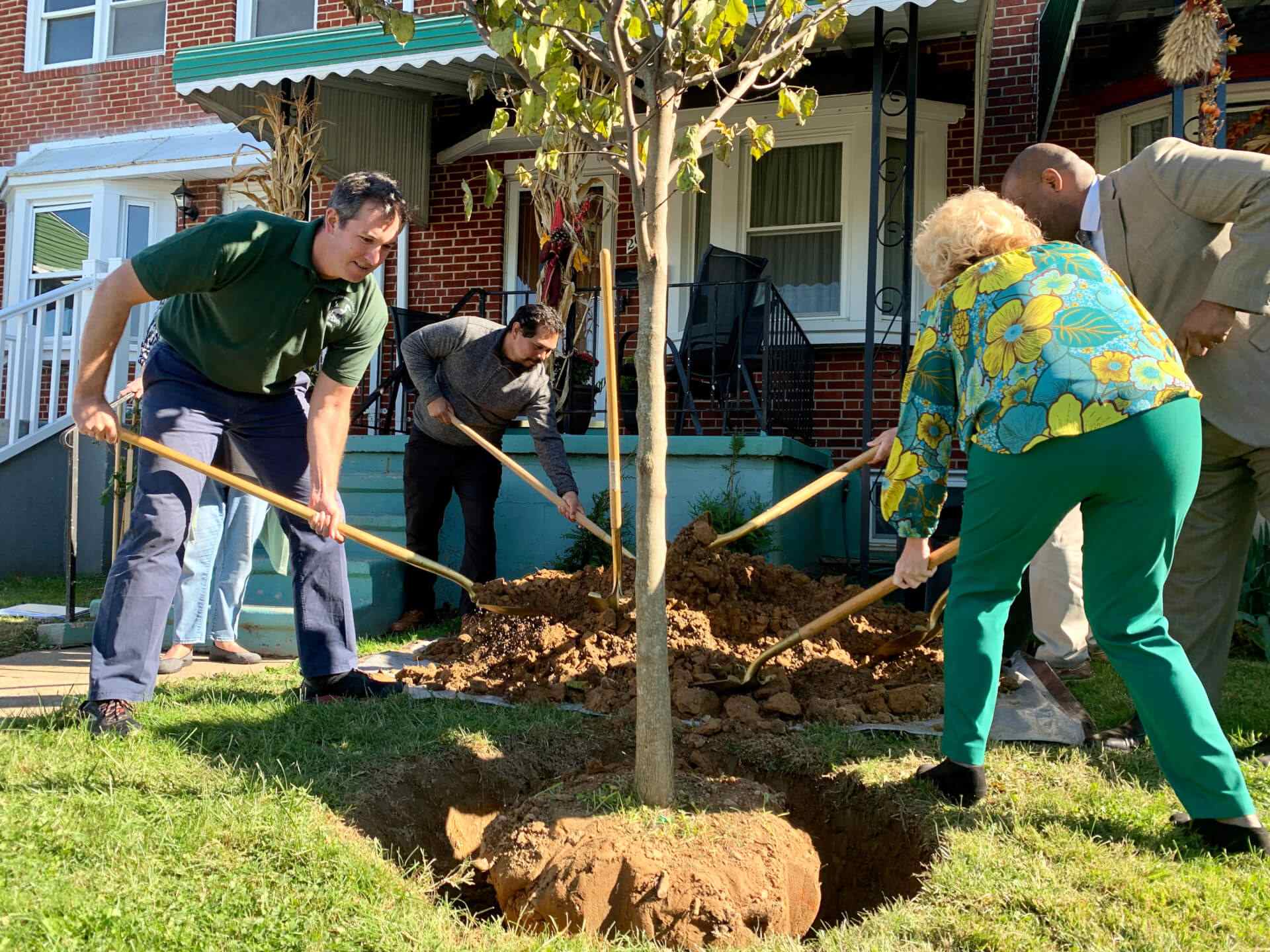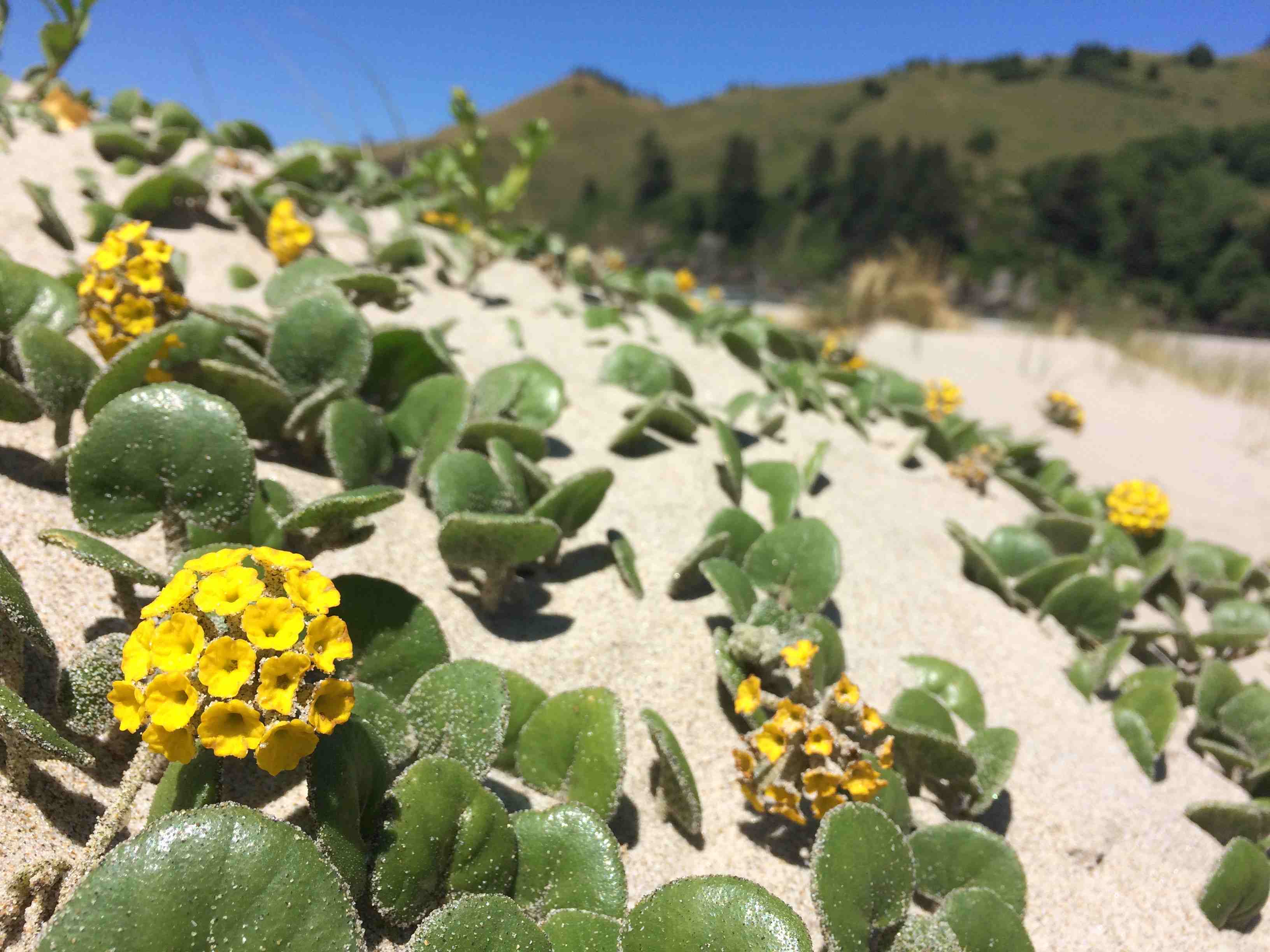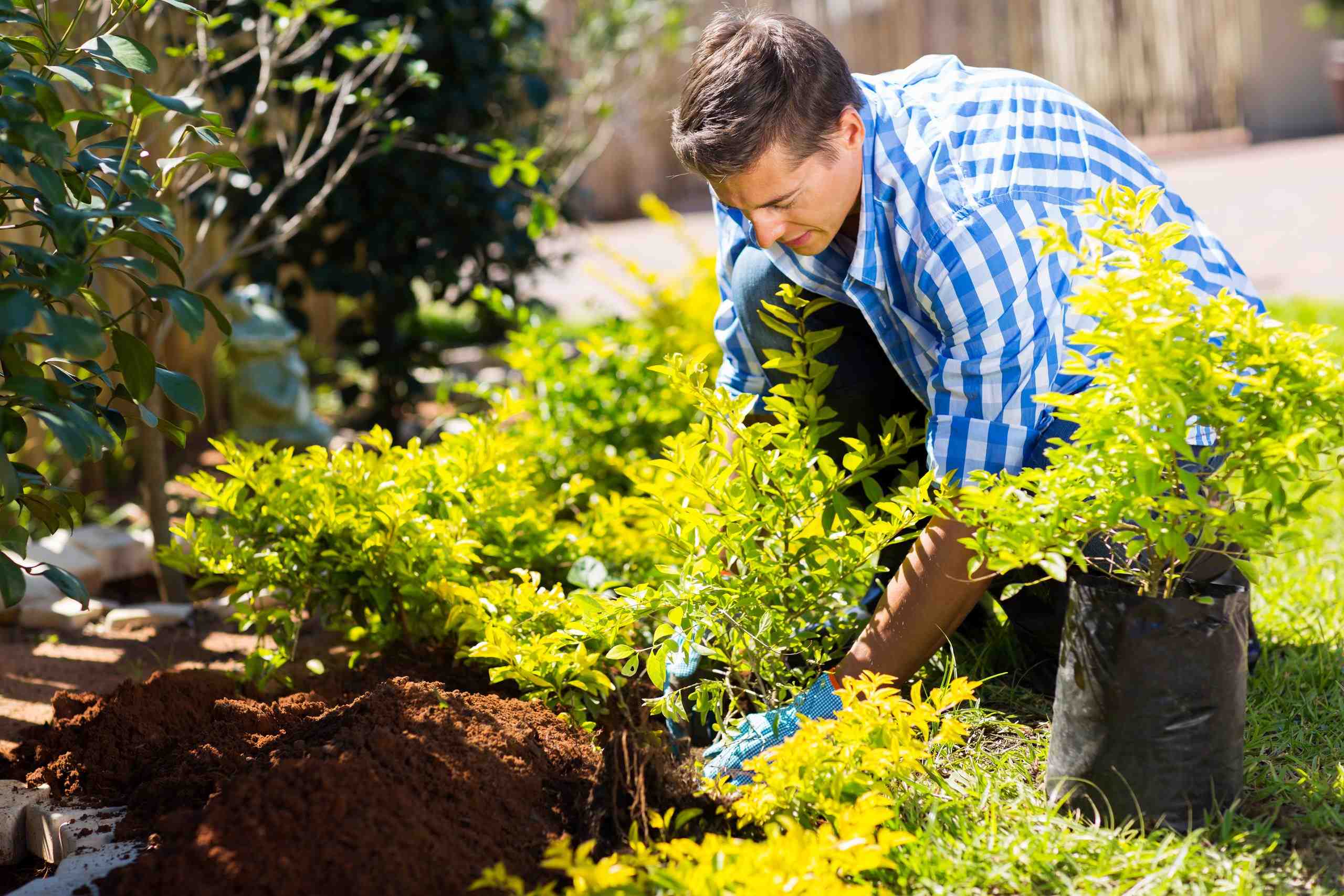Home>Gardening Basics>Understanding Soil>What Planting Zone Is New Hampshire
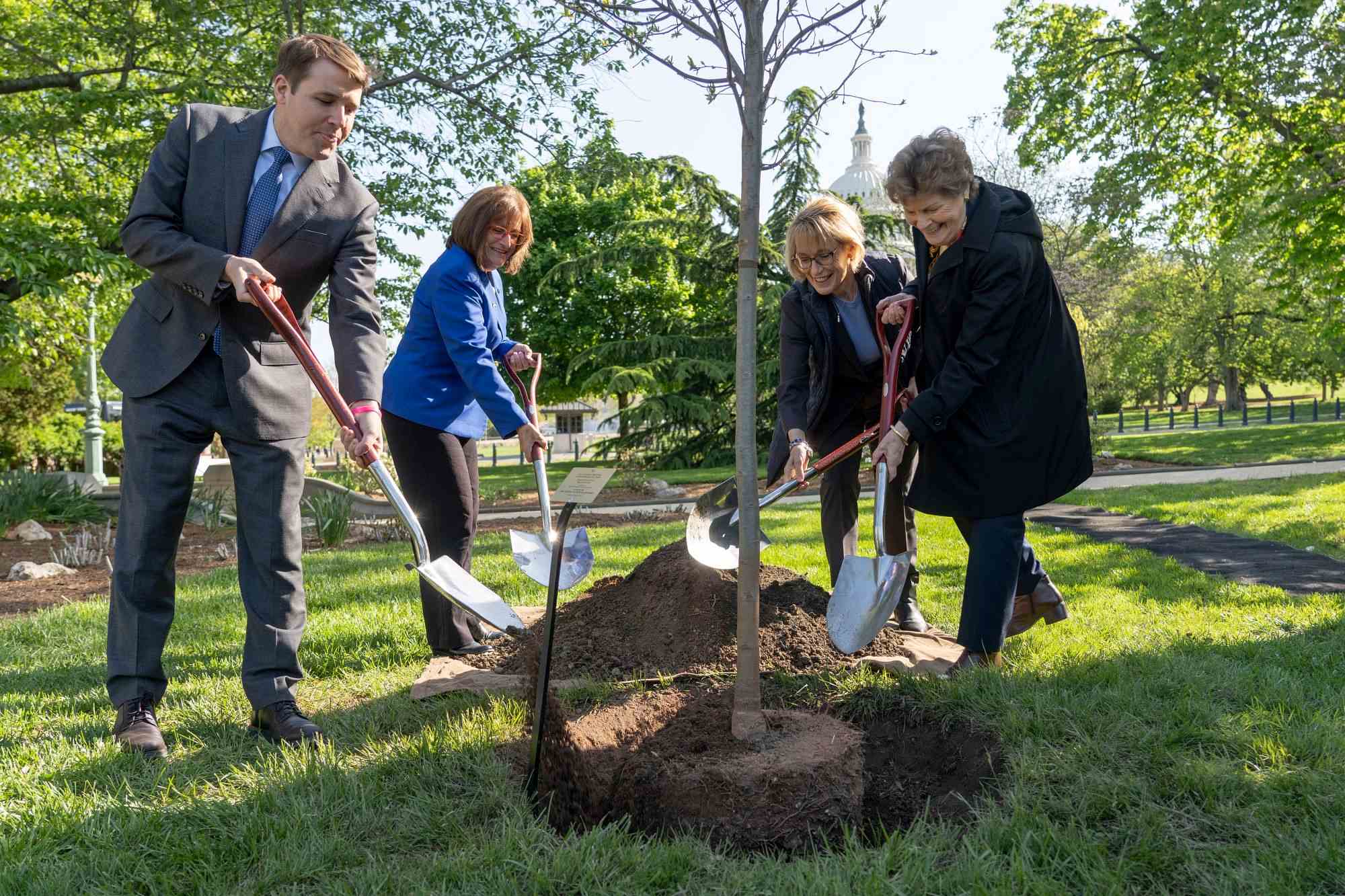

Understanding Soil
What Planting Zone Is New Hampshire
Modified: January 22, 2024
Understanding soil and what zone NH is in for planting. Discover the best soil practices and find out which planting zone NH falls under.
(Many of the links in this article redirect to a specific reviewed product. Your purchase of these products through affiliate links helps to generate commission for Chicagolandgardening.com, at no extra cost. Learn more)
Table of Contents
Introduction
Welcome to the world of gardening and planting in the beautiful state of New Hampshire. Whether you are a seasoned gardener or a beginner with a green thumb, understanding the planting zones in New Hampshire is essential for successful gardening. Planting zones provide valuable information about the climate and environmental conditions of a specific region, helping gardeners choose the right plants for their gardens.
Planting zones are geographical areas that have similar average temperatures, which determine what plants can thrive in a specific location. These zones serve as a guide for gardeners, allowing them to select plants that are suitable for their local climate. By aligning your gardening practices with the designated planting zones, you can increase the chances of your plants thriving and producing beautiful blooms or bountiful harvests.
New Hampshire experiences a range of climatic conditions due to its diverse topography, from the cool coastal regions to the more mountainous areas in the north. As a result, the state is divided into different planting zones, each with its own set of temperature ranges and growing seasons.
Understanding your planting zone is crucial because it provides valuable insights into the average frost dates, length of growing season, and the specific types of plants that are most likely to thrive in your area. By taking these factors into account, you can make informed decisions about what to plant and when to plant it, ensuring a successful and fruitful gardening experience.
Factors such as elevation, proximity to bodies of water, and microclimates can also influence planting zones in New Hampshire. For example, coastal areas tend to have milder winters and cooler summers compared to the inland regions. These variations in climate can impact the types of plants that can be grown successfully in different areas of the state.
In this article, we will explore in detail the planting zones in New Hampshire, the factors that affect those zones, and provide recommendations for suitable plants for each zone. Whether you have a small backyard garden or a large property, understanding the planting zones will help you make the most of your gardening efforts and bring your landscape to life.
Understanding Planting Zones
Planting zones, also known as hardiness zones, are a system developed by the United States Department of Agriculture (USDA) to categorize different regions based on their average minimum winter temperature. These zones are indicated by a series of numbers, with lower numbers representing colder regions and higher numbers representing warmer regions. The purpose of planting zones is to help gardeners determine which plants are most likely to survive and thrive in their specific climate.
Planting zones provide valuable information about the average temperatures a region experiences during the coldest months of the year. By knowing the planting zone for a particular region, gardeners can choose plants that are well-suited to the local climate and are more likely to survive winter temperatures without getting damaged or killed.
It’s important to note that planting zones are not the only factor to consider when choosing plants for your garden. Other factors such as soil type, sunlight exposure, and moisture levels also play a crucial role in determining a plant’s suitability for a specific location. However, planting zones provide a convenient starting point for gardeners to narrow down their plant selection and increase their chances of successful growth.
Planting zones are typically divided into half-degree increments, with Zone 1 being the coldest zone and Zone 13 being the warmest. Each zone has a specific temperature range, and plants that are rated for that zone will have a better chance of surviving and thriving in that particular climate.
It’s important to note that planting zones are not fixed and can change over time due to shifts in climate patterns. The USDA periodically updates its planting zone map to reflect these changes. Therefore, it is recommended to consult the most recent version of the USDA’s planting zone map to ensure accurate information.
Gardeners can determine their specific planting zone by referring to the USDA’s planting zone map or using online resources that provide planting zone lookup tools. By inputting their location or zip code, gardeners can quickly identify their zone and gain insights into the specific requirements for their region.
Understanding planting zones is essential for successful gardening. By selecting plants that are well-suited to your specific zone, you can create a thriving and beautiful garden that brings you joy throughout the seasons.
Planting Zones in New Hampshire
New Hampshire, with its diverse climate and topography, is divided into multiple planting zones to help gardeners select the right plants for their gardens. The state is located in USDA Hardiness Zones 3 through 6, covering a range of temperatures and growing conditions.
The northern part of New Hampshire, including areas near the White Mountains, falls into Zone 3. This zone experiences long, harsh winters with average minimum temperatures ranging from -40°F to -30°F (-40°C to -34°C). Gardeners in Zone 3 should select hardy plants that can withstand extremely cold temperatures and have shorter growing seasons.
The central and southwestern parts of the state fall into Zone 4, with slightly milder winter temperatures compared to Zone 3. Average minimum temperatures in Zone 4 range from -30°F to -20°F (-34°C to -29°C). Gardeners in this zone have a longer growing season and can successfully grow a wider variety of plants.
The southeastern coastal areas of New Hampshire, including cities like Portsmouth and Hampton, fall into Zone 5. This zone has relatively milder winters compared to the interior regions. Average minimum temperatures in Zone 5 range from -20°F to -10°F (-29°C to -23°C). Gardeners in this zone can grow a wide range of plants, including some less hardy tropical varieties.
The southernmost part of New Hampshire, including towns like Nashua and Salem, falls into Zone 6. This zone experiences even milder winters, with average minimum temperatures ranging from -10°F to 0°F (-23°C to -18°C). Gardeners in Zone 6 have a longer growing season and can cultivate a wide array of plants, including many tender perennials and annuals.
It’s important to note that while these zones provide a general guideline, microclimates can exist within New Hampshire due to variations in elevation, proximity to bodies of water, and other factors. These microclimates can create slightly different growing conditions within a given zone. Gardeners should observe their specific location and make adjustments accordingly.
By understanding the planting zones in New Hampshire, gardeners can choose plants that are better suited to the specific climate of their region. This knowledge helps ensure that their gardens thrive and flourish, providing beauty and enjoyment throughout the growing season.
Factors Affecting Planting Zones in New Hampshire
Several factors contribute to the variation in planting zones within the state of New Hampshire. Understanding these factors helps gardeners make informed decisions about plant selection and cultivation practices.
1. Elevation: New Hampshire’s diverse topography consists of mountains, valleys, and coastal regions, which influence the temperature and climate. Higher elevations tend to have cooler temperatures and shorter growing seasons compared to lower elevations. Gardeners in mountainous areas need to consider the unique challenges of their specific microclimate when choosing plants.
2. Proximity to Bodies of Water: The Atlantic Ocean and lakes in New Hampshire have a moderating effect on temperatures, especially along the coastal regions. Areas close to water bodies tend to have milder winters and cooler summers compared to inland areas. These microclimates can impact the planting zone and the types of plants that can thrive in a specific location.
3. Microclimates: New Hampshire experiences a range of microclimates influenced by local geography, vegetation cover, and human-made structures. Urban areas, for example, tend to have higher temperatures due to the heat island effect. Sun exposure, wind patterns, and soil moisture also contribute to microclimates and can create variations within a designated planting zone.
4. Continental Climate: New Hampshire has a continental climate, characterized by cold winters and hot summers. This climate can affect planting zones by limiting the growing season and determining the types of plants that can tolerate the temperature extremes.
5. Climate Change: The changing climate can also impact planting zones over time. Rising temperatures and shifts in weather patterns can lead to changes in hardiness zones, affecting plant choices and gardening practices. It’s essential for gardeners to stay informed about climate trends and adapt accordingly.
When planning a garden in New Hampshire, it’s crucial to consider these factors and tailor plant selections and cultivation techniques to the specific conditions of your location. Consulting with local gardening resources, such as cooperative extension offices or experienced gardeners in your area, can provide valuable insights and guidance.
By understanding the factors that affect planting zones in New Hampshire, gardeners can make informed decisions about plant selection, location, and cultivation methods. This knowledge enhances the chances of successful gardening and ensures that plants can thrive in the unique climate of the Granite State.
Recommended Plants for Different Zones in New Hampshire
Choosing the right plants for your garden in New Hampshire depends on the specific planting zone you are in. Here are some recommended plants for different zones in the state:
Zone 3: In this cold and challenging zone, it is important to select hardy plants that can withstand extremely low temperatures. Some recommended options include conifers like spruce and pine trees, as well as hardy perennial flowers like black-eyed Susans and purple coneflowers. Vegetables such as carrots, beets, and potatoes can also withstand the colder temperatures.
Zone 4: With a slightly milder winter climate, Zone 4 allows for a wider range of plant choices. Popular options include perennial flowers like daylilies, hostas, and astilbes. Fruit trees like apples and cherries can also thrive in this zone, provided they are given proper care and protection during the winter months.
Zone 5: Gardeners in Zone 5 can enjoy a longer growing season and have more options when it comes to plant selection. Some recommended choices include roses, hydrangeas, and lilacs for beautiful blooms throughout the summer. Vegetables like tomatoes, peppers, and cucumbers can also be grown successfully in Zone 5 with proper care and maintenance.
Zone 6: With its mild winters and longer growing season, Zone 6 offers gardeners the opportunity to grow a wide variety of plants. Popular selections include perennials like lavender, daisies, and phlox for a vibrant and colorful garden. Fruits such as strawberries, blueberries, and raspberries can also thrive in this zone.
It’s important to consider other factors such as soil type, sunlight exposure, and moisture levels when selecting plants, as these can influence their success in any given zone. Additionally, taking into account the specific microclimate of your garden within your zone can further refine your plant choices.
Consulting with local gardening experts, such as nurseries, cooperative extension offices, or experienced gardeners in your area, can provide valuable insights and recommendations tailored to your specific zone and garden conditions.
By selecting plants that are well-suited to your planting zone in New Hampshire, you can create a thriving and beautiful garden that brings joy and beauty to your outdoor space throughout the seasons.
Conclusion
Gardening in New Hampshire can be a rewarding and fulfilling experience if you understand the planting zones and choose the right plants for your specific area. By considering factors such as elevation, proximity to bodies of water, and microclimates, you can make informed decisions about plant selection and cultivation practices.
Whether you are in the northern reaches of Zone 3, the central areas of Zone 4, the coastal regions of Zone 5, or the southernmost parts of Zone 6, each zone offers its own unique challenges and opportunities for gardening success.
By selecting plants that are well-suited to your specific planting zone, you can increase the chances of successful growth and ensure that your garden thrives throughout the seasons. Whether you prefer perennial flowers, fruit trees, or vegetables, there are options available for every garden in New Hampshire.
Remember to consider other factors like soil type, sunlight exposure, and moisture levels when planning your garden. These factors, along with the unique microclimate of your specific location, will further shape your plant choices and gardening practices.
Consulting with local gardening resources, such as cooperative extension offices or experienced gardeners in your area, can provide valuable insights and guidance specific to your zone and garden conditions.
By taking the time to understand the planting zones in New Hampshire and selecting suitable plants, you can create a vibrant and thriving garden that brings beauty and joy to your outdoor space. Gardening in New Hampshire is an opportunity to connect with nature, cultivate your own food, and create a peaceful sanctuary to enjoy with family and friends.
So roll up your sleeves, grab your gardening tools, and embark on a journey of discovery and creativity in the world of planting zones in the beautiful state of New Hampshire.
